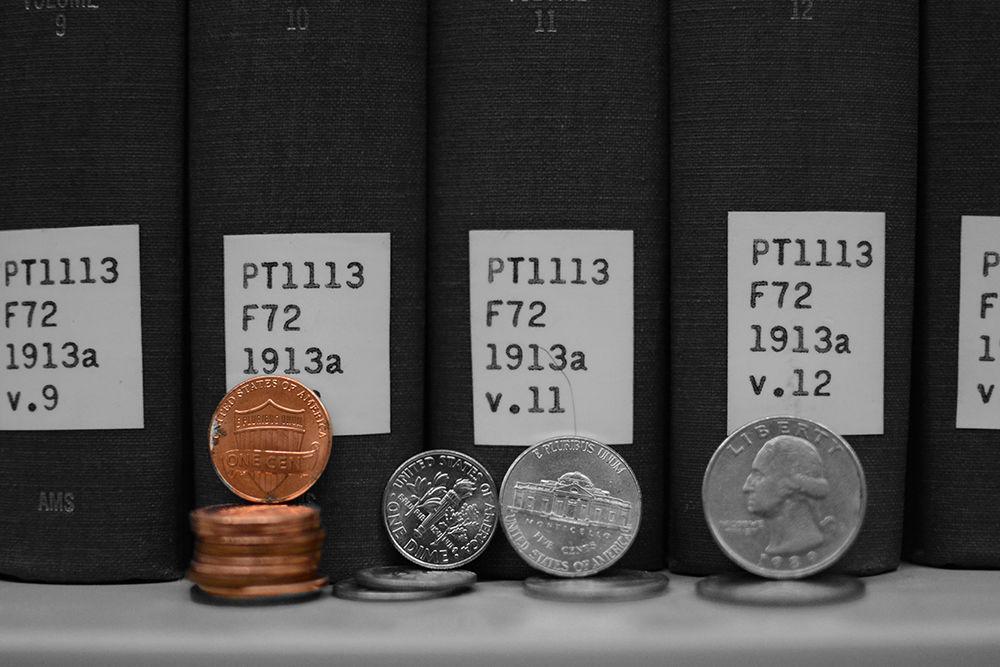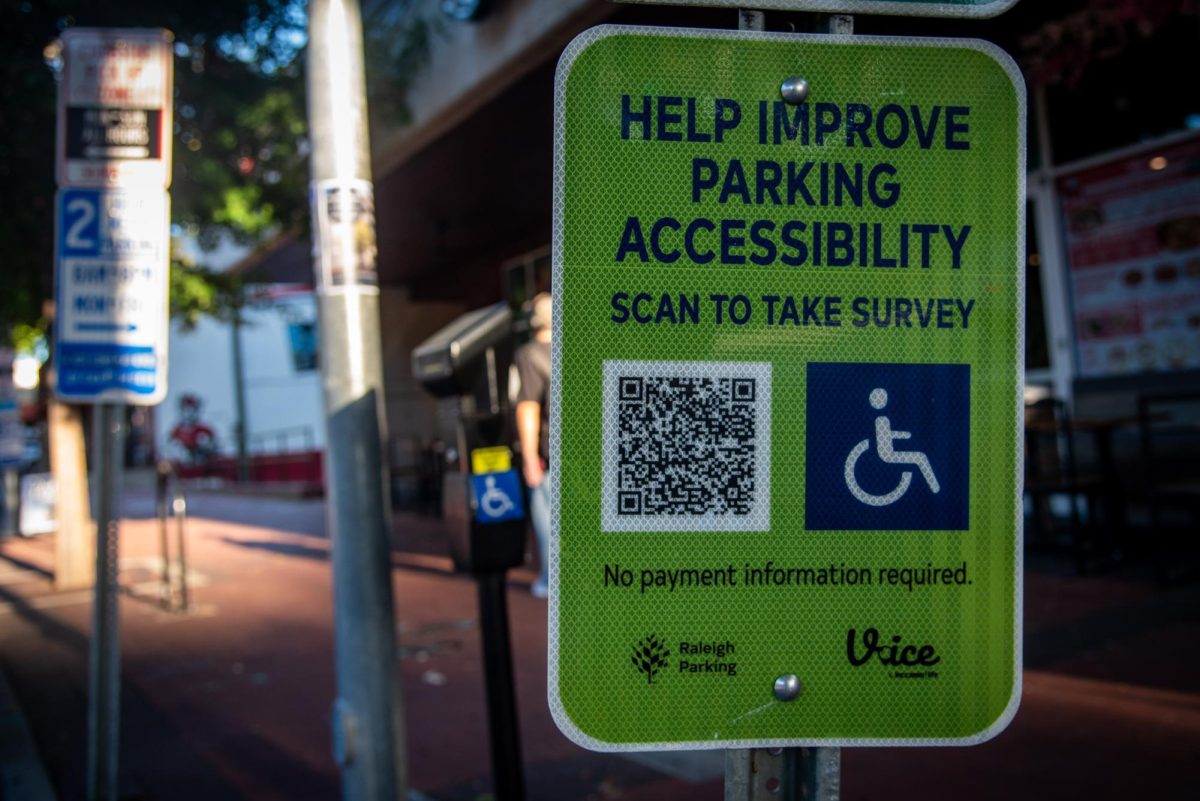NC State has an alumni network that continues to be actively involved in the improvement of the university. One of the most common ways of giving back to the university is through alumni and private donations, yet many students around campus are unsure where this money is used throughout NC State.
Kyle Tharrington, a first-year studying engineering, explains that he assumes that a majority of alumni donations go to academic and athletic programs.
“I think alumni money goes back into funding for academic programs, but also a lot of athletic programs,” Tharrington said. “I would like to say it goes to student use but I feel like it goes back into facilities to make the campus look more contemporary.”
Similar to Tharrington, Mark Klose, a second-year studying industrial engineering and science, technology and society, said he thinks that donations are in the discretion of the college or program that they are given to.
“I was guessing that it probably depends on the college and depends on what the money was specified for, because I’m pretty sure that alumni money could be designated to go to a certain place,” Klose said. “I know that there’s endowed scholarship funds, general scholarships and of course there’s athletics.”
According to Kara Mulligan, assistant director in the Office of Annual Giving, alumni donors specify where their donations go throughout campus and that there are thousands of options that donors can choose from.
“It does break that rumor or that thought that alumni money goes to athletics,” Mulligan said. “Alumni actually get to choose where their dollars go, so some alumni choose to give to their college or to their department. There are over 7,000 different places you can give so alumni and students alike are able to direct their dollars to anywhere throughout NC State that has really impacted their time.”
Alumni donations through annual giving differ from that of the Student Alumni Association, as the latter is a dues-based organization that offers benefits and funds some scholarships, but the dollars are also operation cost for the Alumni Association’s events.
Additionally, similar to Tharrington and Klose’s thoughts about donations going to facilities and campus projects, Mulligan added that funds donated to discretionary funds such as the chancellor’s discretion can be used if “the university wanted to put money down for a new building.”
Mulligan said that alumni and private donations are crucial to NC State’s operations, as tuition and state dollars do not cover the full NC State budget.
“The dollar that you pay for tuition and the money that we get from the state of North Carolina cannot fund a full year of NC State University,” Mulligan said. “Right now the state dollars are continuing to decline so the money we get from the state of North Carolina is less and less every year. So alumni and private giving to university is really what makes up the difference.”
Students can help the annual giving campaign and collect donations in two ways: through personal donations and by joining frontline fundraising, according to Mulligan.
“This year there were over 1,400 student gifts and 806 of those gifts were seniors,” Mulligan said. “Our goal is to break 1,000 senior donors by the end of 2018.
According to Mulligan, the Annual Giving campaign remains transparent and is able to show and explain where all donations go based on alumni preference. As state funding decreases, the NC State community relies on private donations more than ever in order to sustain the high level of programs available to students.
For more examples of how alumni donations are used, the 2017-2018 annual report highlights all of the opportunities created through donations last year.





